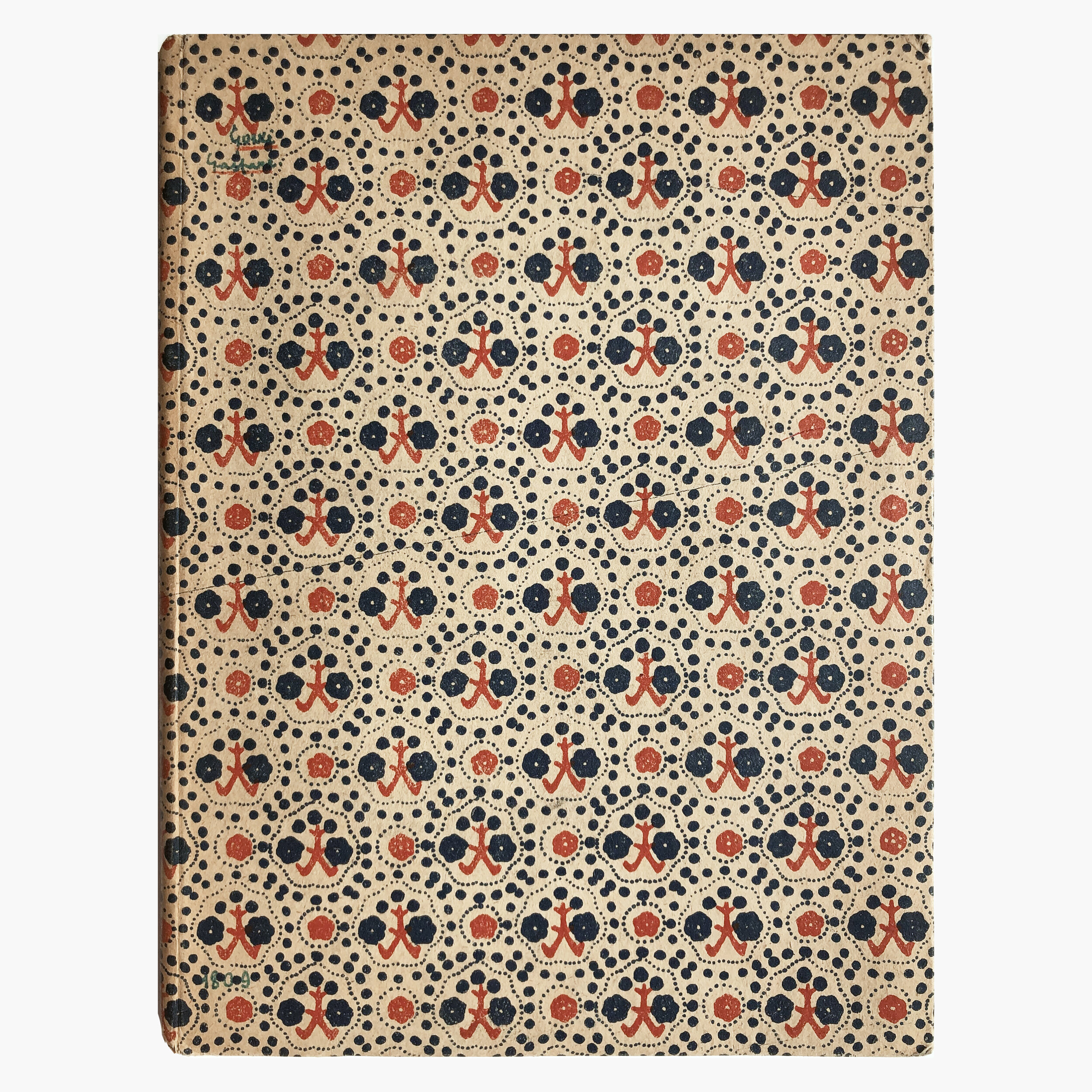Gozzi, Gasparo (1713-1786). Favole esopiane di Gasparo Gozzi pubblicate nelle nozze Da Mula – Lavagnoli. Venice, Stamperia Pinelli, 1809.





Gozzi, Gasparo (1713-1786). Favole esopiane di Gasparo Gozzi pubblicate nelle nozze Da Mula – Lavagnoli. Venice, Stamperia Pinelli, 1809.
Gozzi, Gasparo (1713-1786).
Favole esopiane di Gasparo Gozzi pubblicate nelle nozze Da Mula – Lavagnoli.
Venice, Stamperia Pinelli, 1809.
Fables for a wedding
Gozzi, Gasparo (1713-1786).
Favole esopiane di Gasparo Gozzi pubblicate nelle nozze Da Mula – Lavagnoli. Venice, Stamperia Pinelli, 1809.
4° (222x157 mm). Printed on blue paper. [16], 43, [1] pages. Woodcut ornament on the title-page. Contemporary marbled boards. A very good copy. Title-page slightly foxed and dusted. Spot to upper margin of last leaf. ‘Gozzi Gaspare’ written in blue ink on the front cover.
Originating from the marriage between the Venetian Antonio Da Mula and Elena Lavagnoli, and therefore belonging to the genre of ‘occasional publications’, this edition issued from the Pinelli press is doubtless of great import, providing Morelli’s edition of the “lost” fables by Venetian writer, journalist, and translator Gasparo Gozzi.
Gozzi’s association with Aesop’s famous fables traces back to the later 1740s, when he translated and adapted two plays by Edmé Boursault (1638-1701), Esope à la ville (1690) and Esope à la cour (1701). These were moralistic heroic comedies presented as a series of episodes rather than a continuous narrative. In the first, Esope à la ville, Aesop serves as an advisor to Learchus, a governor under King Croesus, and uses fables as satirical responses to questions about romance. Moral satire develops further in the second, Esope à la cour, in which Aesop appears as King Croesus’s Minister of State and addresses such topics as religion along with the hypocrisy and vice permeating the royal court. The court in question was ostensibly that of King Croesus, but in reality that of Louis XIV. Not surprisingly, the play was held up by censors and only performed after Boursault’s death.
Gozzi freely translated and altered Boursault’s works, omitting sections and inserting certain apologues of his own, and they were presented on the Venetian stage in reverse order: Le Favole di Esopo alla Corte in 1747 and Esopo in città in 1748. Interestingly, one of the changes he made to Esopo alla Corte included an attack on the contemporary norm of marrying for combined profit or according to the will of the parents. (Antonio Zardo, “Esopo in Commedia,” Nuova Antologia CLVI, Rome, 1911, p. 204).
In 1747 and 1748, both of Gozzi’s plays were printed anonymously by Pietro Bassaglia, and they were not included in the collected edition of Gozzi’s work published in Venice by Bartolommeo Occhi in 1758. As such, they fell into a momentary state of oblivion but finally reappeared in the present edition, reworked in several places, with the prose text “Ad Apollo” in defense of allegory and the poetic epistle with which Gozzi had initially dedicated Esopo in città to Marco Foscarini (1696-1763). The text was edited by Jacopo Morelli (1745- 1819), then librarian at the Biblioteca Marciana in Venice, and author of the Dissertazione storica della pubblica libreria di san Marco a Venezia, published in 1774. Although observing their French origin, Morelli seems to have been (understandably) somewhat confused at the genesis and development of the works which, as he explains in the preface, he found in a single manuscript derived “dalla ricca Senna all’Arno,” and which he, Morelli, had “gelosamente guardato.”
The publishing initiative was widely appreciated, and the Favole esopiche were reviewed on the pages of the Giornale della italiana letteratura (Padua 1810).
Antonio Zardo, “Esopo in Commedia,” Nuova Antologia, CLVI, Rome, 1911; Kenneth McKenzie, “Italian Fables of the Eighteenth Century,” Italica XII, 1935; C. Filosa, La favola esopica e la letteratura esopiana in Italia dal medio evo ai nostri giorni, Milano 1952; Piero Del Negro, “Gasparo Gozzi e la politica veneziana,” in Gasparo Gozzi: Il lavoro di un intellettuale nel Settecento veneziano, Padova, 1989.